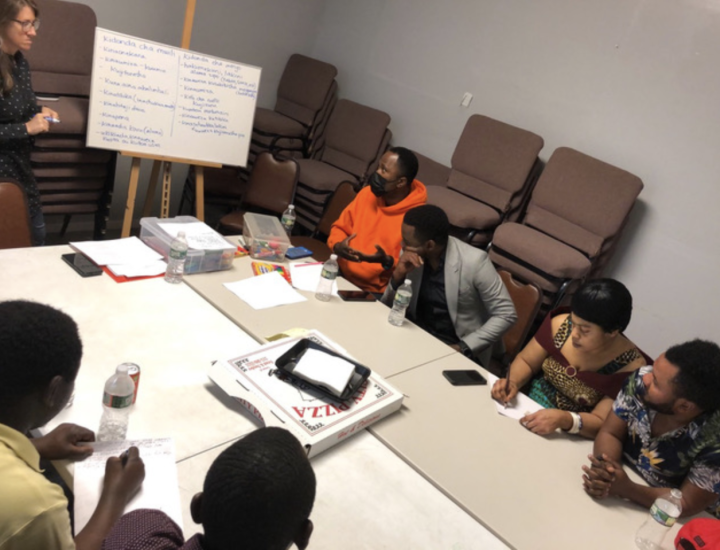Spotlight on Black History
In February, we celebrate Black History Month. This tradition stems from Carter G. Woodson, whose work focused on amplifying and lifting up the history and achievements of Black Americans and indeed all Black people. What was launched as Negro History Week in 1926 transformed into a month-long celebration by the end of the 1960s. February was chosen initially because the birthdays of Frederick Douglass and Abraham Lincoln fell in this month. But the intention was never to limit the study and celebration of Black history to just one month.

W.E.B. Du Bois said of Negro History Week in 1949, “It is not merely a matter of entertainment or information. It is part of our necessary spiritual equipment for making this country worth living in.”
If the United States is a country worth living in, it is thanks to generations of African Americans who have fought to make the country a democracy and to broaden the boundaries of inclusion. Immigrants and their descendants have often been key beneficiaries of civil rights activism and the struggle for Black freedom. Black history inspires us to carry on the fight for freedom in recognition that our fates are intertwined.
Immigration is a Black Issue
Part of the work of Black History Month is to restore Black history to the center of national and global histories. We can't understand our present without probing the past, and the roots of so many of our greatest challenges can only be understood by reckoning with histories of oppression and liberation that stretch back centuries.
And so we are highlighting intersections between Black American pasts and presents and immigration.
The history of immigration and citizenship is largely one of racial exclusion; initially only free white men could hope to become citizens. The first federal legislation to bar immigrants was enacted to exclude Chinese immigrants in the 1880s. In the early 20th century, eugenicists crafted legislation that would encourage people from "desirable" places like Western and Northern Europe but ban those deemed undesirable — from Southern and Eastern Europe, and all people from Asia. Immigration from the Americas was tolerated, but more as a source of labor than as full members of society. Even after the United States changed its immigration laws in 1965 — in part as a result of the African American civil rights movement to end racial discrimination — disparities continued. Who is allowed to immigrate, who can receive a visa, whose humanitarian claims are heard — these remain shaped by a long history of exclusion and restriction.
We have chosen to highlight the theme that "immigration is a Black issue." There has been Black voluntary immigration to the United States since at least the 19th century, though the number and proportion of Black immigrants remained low until the end of the 20th century. Yet, even as the number of Black immigrants to U.S. communities has increased, Black immigration remains somewhat invisible to policymakers and others.




